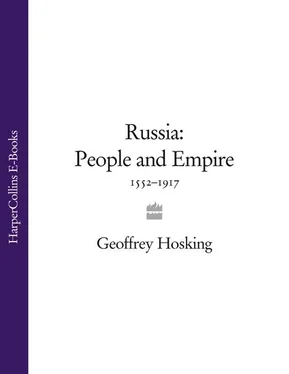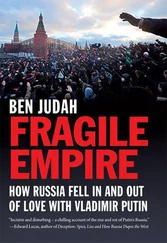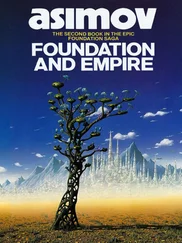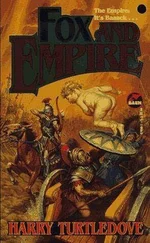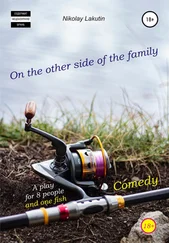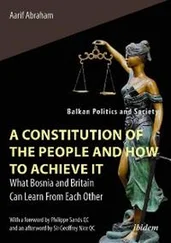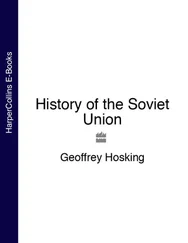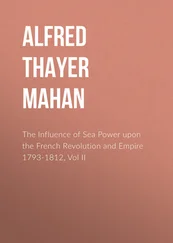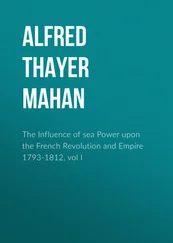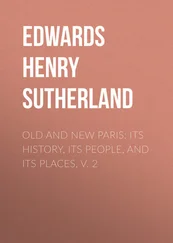THE STEPPES In the Asian part of the empire, the assimilation of new territories was fairly simple. Expansion began with the fomenting of disunity in the target society and the seduction of discontented elites, not too difficult a task when, like Kazan’ and Astrakhan’, they were confederacies of clans with a nomadic history. Shifting allegiances were part of the texture of steppe diplomacy and warfare. Once the conquest had been completed there would be a phase of the ruthless suppression of indigenous resistance, in order to leave no doubt about who was now master. Thus, within the former Khanate of Kazan’, revolts of the Cheremisy in 1570–2 and of the Tatars in 1581–4 were put down with exemplary firmness. Kazan’ was transformed into a Russian city, with an Orthodox cathedral dominating its skyline, while Russian servitors were awarded land in the area and Russian peasants (often former soldiers) were encouraged to resettle there. Russian merchants came in to take advantage of the new opportunities for trade opened by possession of the whole length of the River Volga. The indigenous peoples were forbidden to bear weapons. A system of fortresses was erected to prevent them allying with nomads further afield, and to provide protection against further raids by the Crimean and Nogai Tatars from south and east. The whole newly assimilated region was placed under the rule of military governors (voevody).
Once the immediate danger of rebellion and renewal of war had passed, Muscovite rulers took care to exercise their authority so as not to disturb unduly the customs, laws and religion of the conquered peoples. The ultimate aim was always the secure integration of the new territories and populations inside the empire, but the means employed to achieve this goal were varied and pragmatic.
Elites were co-opted where this was practical: thus the Muslim Tatar landowners were assimilated into the Russian nobility, but the tribal leaders of the animist Cheremis, Chuvash, Votiak and Mordvin peoples were not, since their status, beliefs and way of life were too alien. The Tatar nobles were encouraged to convert to Orthodoxy, which some did, but at least initially they were not required to. Since some of them in time acquired Russian peasants on their land, this tolerance led to the paradoxical result that in a supposedly Christian empire Orthodox Russians were being enserfed to Muslim non-Russians. At the same time the indigenous peoples were protected against serfdom: they were guaranteed the status of ‘iasak folk’, that is tribute-payers, whose property and way of life were left unmolested provided they discharged their dues. There can be no clearer indication of the way in which the needs of empire (in this case for taxes and peaceful assimilation) overrode both religious and national allegiance, even though Muscovy rested its extravagant imperial claims on both religion and nationhood. By the seventeenth century, the Volga basin had what might be called an ‘onion-shaped’ demography, with relatively few Russians in the highest and lowest social layers, and large numbers of indigenous peoples in the middle.
Thereafter the authorities gradually assimilated the territory and the peoples into the structure of the empire, drawing back whenever integratory measures provoked disproportionate resistance. In the early eighteenth century Tatar nobles were required to convert to Orthodoxy or lose their status, while the iasak peoples became subject to military recruitment and had to pay the poll-tax, like their Russian neighbours. After the Pugachev rebellion (which showed that Russians and non-Russians resisted the empire in the same way and for more or less the same reasons) the whole region was assimilated into the newly-created imperial structure of gubernii (an administrative unit of some 200,000–300,000 population) and uezdy (a similar unit of 20,000–30,000 population), each with its own nobles’ association as the nucleus of the local ruling class. From time to time, campaigns were launched to convert the indigenous peoples to Orthodoxy, but they were dropped whenever they seemed likely to cause widespread trouble. The Volga region offered a prototype: the methods first tried out here – administrative and economic followed by cultural and religious integration – were later to be applied elsewhere in the empire too. 10
The conquest of the Volga-Kama basin, of great importance in itself, proved also to be the starting-point for the most spectacular feat of expansion of all: the penetration and settlement of Siberia and the Far East, all the way to the Pacific Ocean. This process, though it had the support of the government, was accomplished without its direct intervention. The impulse came from hunters, trappers and traders, interested in expanding the fur trade, and from that semi-nomadic breed of Russians, the Cossacks.
Cossacks were hunters and brigands, horsemen and stock-raisers who roamed the no man’s land – the so-called ‘wild country’-between Muscovy, Poland-Lithuania, the Ottoman Empire and the successor khanates of the Golden Horde. They had learned to cope with the harsh and risky life of the steppe by forming themselves into military fraternities and mastering the skills which had reaped the Tatars such success in earlier centuries, including those of raiding and pillaging. Their very name was Tatar, and signified ‘free men’. Settled agriculture they disdained as beneath their dignity, and in any case futile in such vulnerable terrain. But they were prepared to hire themselves out to any overlord ready to offer them favourable terms to act as patrols and frontier defence troops.
Cossacks practised the mixture of ruthless authoritarianism and primitive democracy of those who inhabit a hazardous environment and are utterly dependent on each other for survival. Each unit of a hundred or so men held periodic meetings of its krug or warriors’ assembly, where they allocated hunting and fishing rights, and decided about campaigning, the distribution of booty and service to sovereign powers. When necessary an ataman or ‘headman’ (hetman among the Zaporozhian Cossacks of the Dnieper) would be elected to lead them: once he was chosen, his word was law during combat
Both for imperial expansion and frontier defence the Cossacks were indispensable, but they were double-edged allies, liable to turn against paymasters who dissatisfied them and to raid and plunder peaceful populations, while their way of life, their prized vol’nost’ (freedom) offered an alluring alternative model for the serfs and tributaries of the Tsar. In a sense they were an alternative Russian ethnos, the embryo of a potential Russian nation with a quite different social structure. Significantly, criminal bands often adopted Cossack customs, organizing themselves in arteli, who would take decisions in common, share out their booty and observe a strict code of conduct – which, however, in their case excluded any collaboration with the state. This has made the criminal world in Russia remarkably tenacious and durable, through numerous changes of regime, right into the late twentieth century. 11
During its great period of expansion, in the late sixteenth and early seventeenth centuries, the Muscovite/Russian Empire had much in common with the Spanish one. In bath cases a militant Christian country had conquered Muslims on what it considered to be its primordial territory, and continued the impetus of conquest to take over a huge and distant empire. The prime agents of expansion, the Cossacks and the conquistadores, were not unlike one another in spirit. The mixture of autocracy with intrepid, self-willed freebooting troops, and an intolerant, crusading faith characterized both countries. But of course there were also crucial differences: Russia’s empire, being an overland one, was closer at hand and easier to reach, but also more vulnerable to invasion by hostile neighbours. Even more important, perhaps, the Russians had no Pyrenees at their back to protect them from the ambitions of other European powers. These circumstances imparted to Russian imperialism a degree of caution and pragmatism which the Spanish did not practise.
Читать дальше
